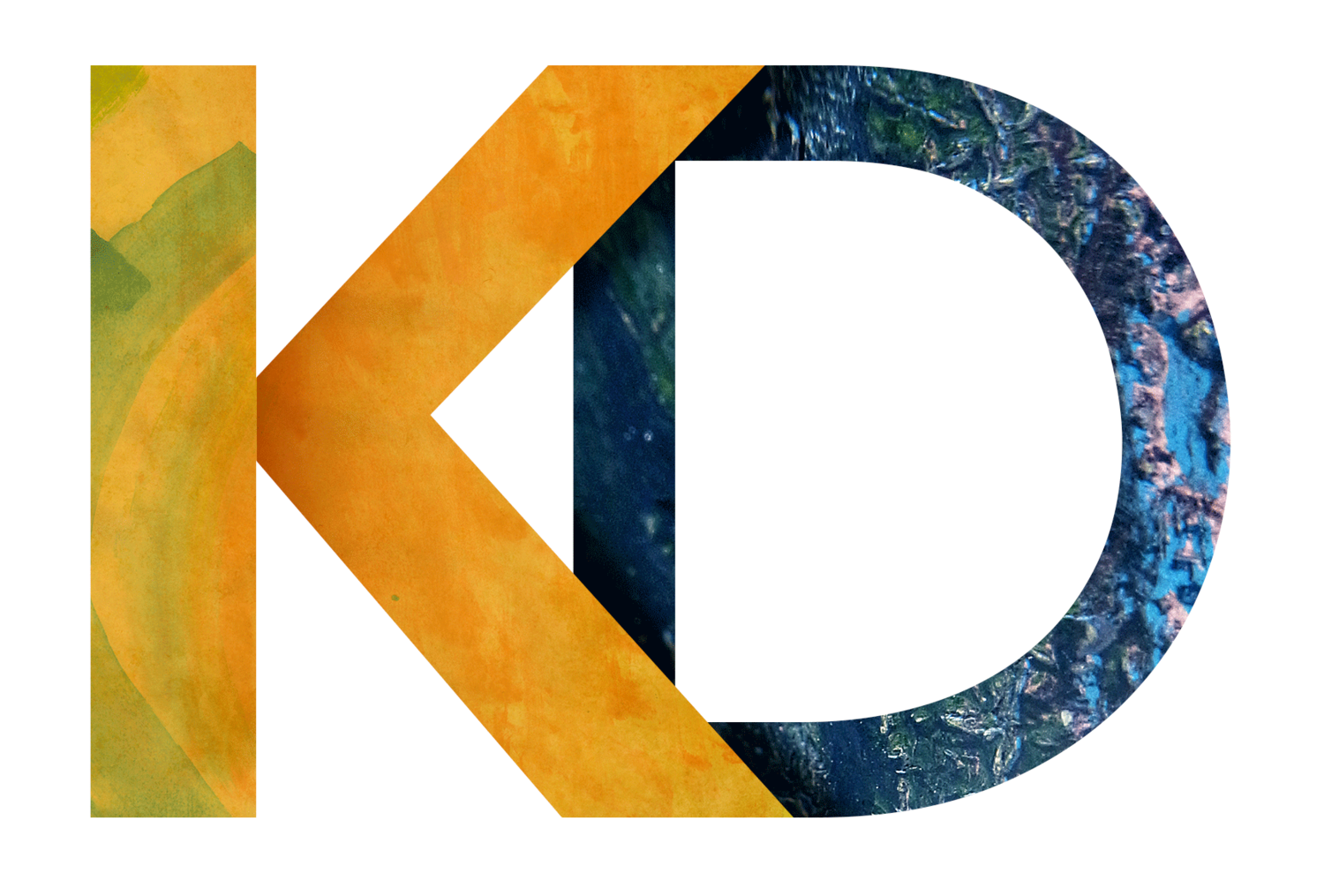Azure Active Directory - Identity Lifecycle Management
As users’ data move their identity provisioning and governance workloads from on-premise to Azure Active Directory, they expect Azure AD to provide the same capabilities to trigger workflows and actions based on HR onboarding events.
The MVP will focus on delivering the first phase in the HR onboarding event, the joiner scenario.
Users - Enterprise IT Admins
My role - Solo lead UX Designer—research, design, testing, delivery, and facilitation.
Team - 2 Program managers, 15+ developers, 4 content developers
Timeline - end of Q3
Confession
Diving into the cloud
This was my first time tackling cloud infrastructure platforms. I knew I had to learn and fail quickly. My strategy
Bring the team along my learning journey
Analyzing the competitor
Understanding Azure patterns and playing around with concepts
Problem
Companies are experiencing a lack of automation in their onboarding process for new hires. The team conducted a survey with Chief Experience Officers and VP/IT Directors in North America to further understand.
17%
Companies haven’t automated their identity workflows
49%
Companies want to reduce IT help desk burden without compromising security
33%
Companies want detailed logs to stay compliant with industry regulations
50%
Companies want solutions from your Identity Access Management vendors
The opportunities
We wanted to provide our customers a way to take control of their HR workflows in one system. With many companies going through a hybrid cloud model for their employee data— this was our chance to step forward on the market.
01. Provide a native cloud solution
Customers want to stay with a vendor that can provide services that fits their needs.
02. Simplified user experience
With Okta the only competitor in the workflow market we can provide an intuitive UX that customers will run with.
03. Automate to reduce human error
Companies want to find solutions that can reduce time and errors.
Month 1
Handing it over to me
Two Designers on my team were working closely with Program Managers to conceptualize the first designs of this feature. It took me a couple of weeks to onboard with Microsoft and also learn about Azure as an ecosystem. With the help of my current Program Manager and Design Manager they had a chance to ramp me up on what’s currently happening and orientated on expectations.
😬 The competitor is ahead
Okta has been providing workflow solutions with their customers and optimizing for the past ~2+ years. To make sure that Microsoft is also in the players of workflow automation for HR scenarios. I decided to do an extensive competitive analysis to understand the UX and find opportunities for our solution. Observations that I learned:
Okta workflows lack accessibility for neuro-diverse users
Okta workflows take time to learn
Integration with the entire ecosystem will take time to understand
UI controls are difficult to navigate
Month 2
Stab on the IxD
On my second month with Microsoft, I dove head-first and drafted my assumptions on a user flow. This activity provided me context on the service level experience but also exposing the different components it’s needed to create a workflow. However, another UX problem came through on this activity and the challenge of where this feature will live within Azure Active Directory was something I had to work through.
Failing quick, several times
I mentioned to the team that I would conceptualize ideas to better understand the landscape. As I got feedback from my Design Manager and Program Manager I soon learned additional requirements that I needed to accomplish. The iterations that I created provided a great foundation to quickly connect to the Azure patterns and portal interactions.






